The 1967 Shelby GT500 with a 427 side oiler engine holds a special place in the hearts of automotive enthusiasts. This iconic muscle car, featured in a captivating video episode on YouTube, showcases the evolution of the Shelby Mustangs over time. In this article, we will delve into the historical significance of the 1967 Shelby GT500, explore its unique features, and discuss the spirited debate between the 428 and 427 engines. Join us as we unravel the story behind this legendary vehicle.
The Evolution of Shelby Mustangs
The 1967 model year brought about a redesign for the Ford Mustang, and the Shelby cars followed suit. The Shelby Mustangs, known for their exhilarating performance, underwent changes over the years to cater to a wider audience. The 1965 GT 350, considered by many as the pinnacle of race cars available to the public, set the tone for future models. It was light, nimble, powerful, and loud, but somewhat uncomfortable. With the introduction of the 1966 GT 350, Shelby aimed to create a more driver-friendly car. By 1967, the Shelby Mustangs leaned further toward comfort and style while retaining their inherent awesomeness.
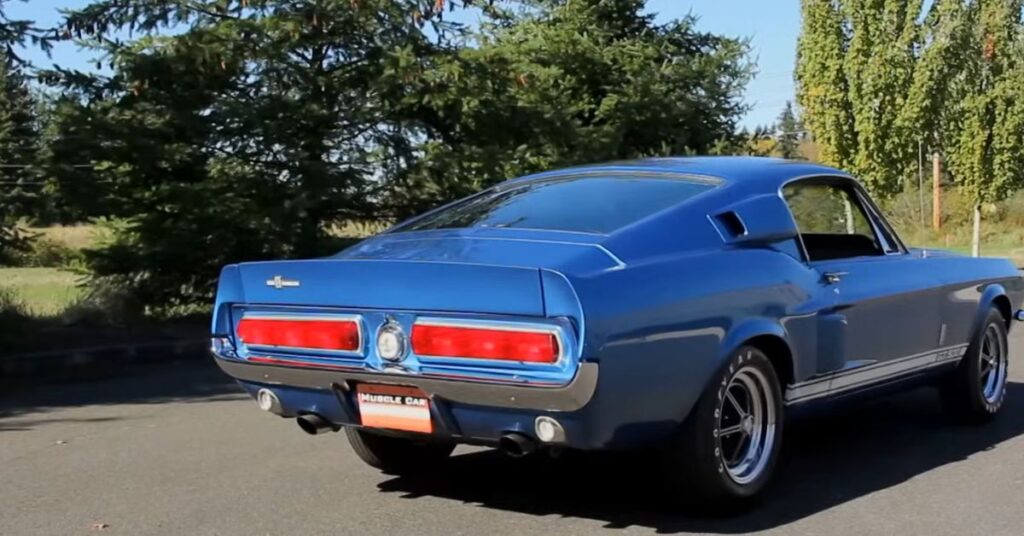
The Birth of the GT500
In 1967, Shelby took a significant leap forward with the introduction of the GT500. While the number 500 held no special significance in the realm of NASCAR, it was chosen to differentiate the car from its small-block stablemate. The GT500 was a true force to be reckoned with, both on the streets and the racetrack. It came equipped with a 428 V8 engine, but some owners opted for a remarkable upgrade—an installation of the coveted 427 side oiler engine.

The 427 side oiler engine represents a departure from the more common 428 engine found in the GT500. Although externally similar, the 427 engine boasted a stronger block with crossbolt main caps, higher compression, tighter tolerances, and a solid mechanical valve train. It earned its nickname, “side oiler,” due to the revised oiling system that fed the main bearings from additional oil galleries on the side of the block. This engine was Ford’s racing big-block, with a rich lineage tracing back to the early 1960s.
The 428 vs. 427 Debate
For purists, owning a correct and authentic Shelby GT500 means having the engine it was born with—a 428 in most cases. However, one notable exception is the Super Snake, a well-known car that deviated from the norm.
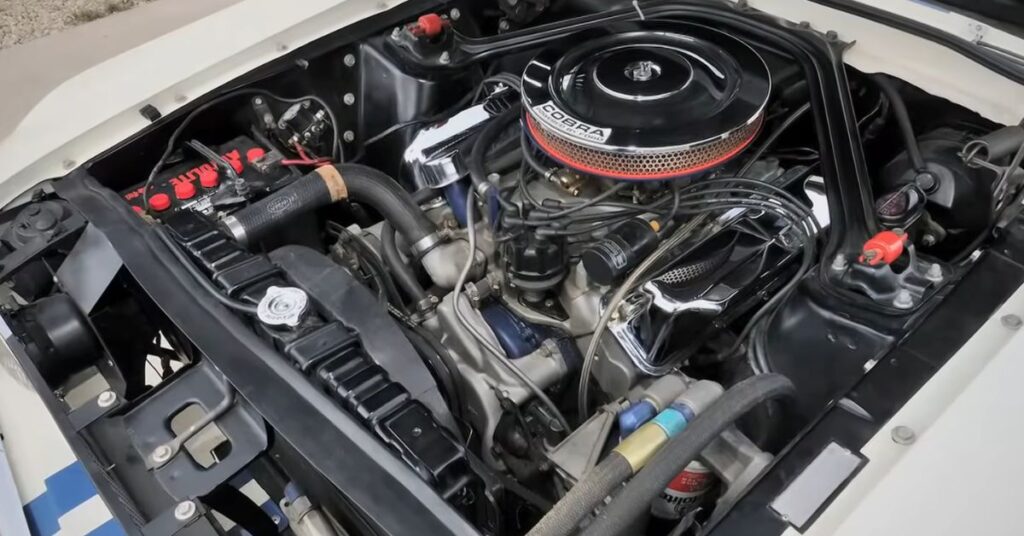
The 427 engine brought an entirely different attitude to the GT500, with a distinct idle, enhanced power at higher RPMs, and a reputation that positioned it as a weekend warrior. While the 428 offered a balance of power and torque with mild street manners, the 427 tipped the scale towards raw performance.
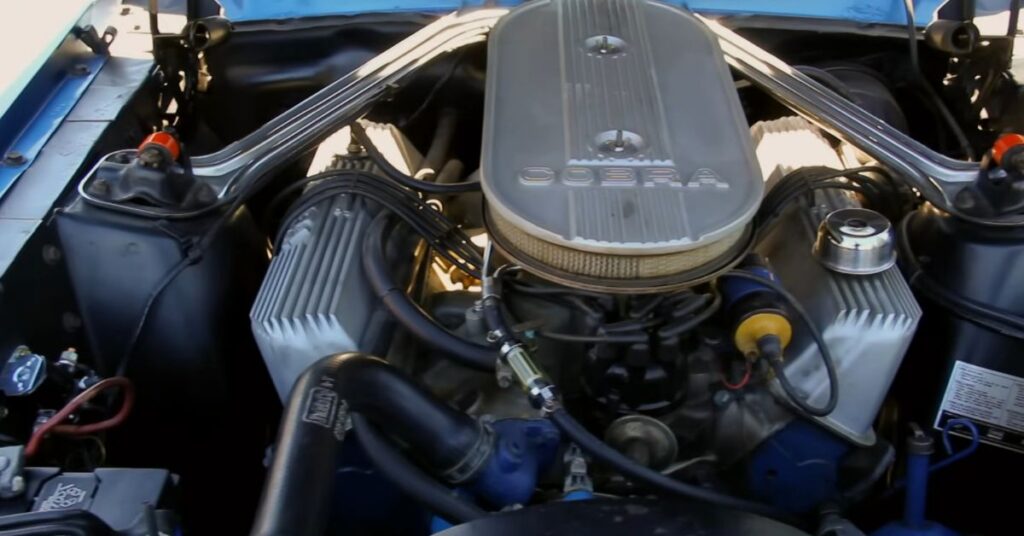
The Allure of the GT500
The 1967 Shelby GT500 made a lasting impression on automotive enthusiasts worldwide, thanks to its exceptional performance and eye-catching design. This iconic muscle car effortlessly combined power with style, creating a vehicle that was both thrilling to drive and a sight to behold.
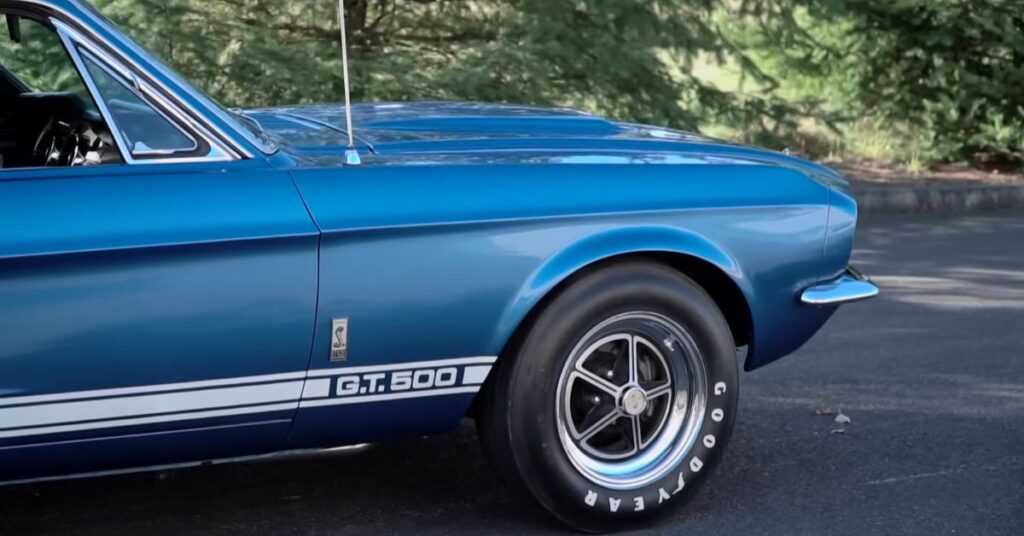
One of the standout features of the 1967 Shelby GT500 was its extensive body modifications. The transformation of the standard Mustang into a Shelby masterpiece was truly remarkable. From the addition of fiberglass nose pieces to the elongated hood with a distinctive scoop, every modification served a purpose in enhancing both the car’s aesthetics and performance.
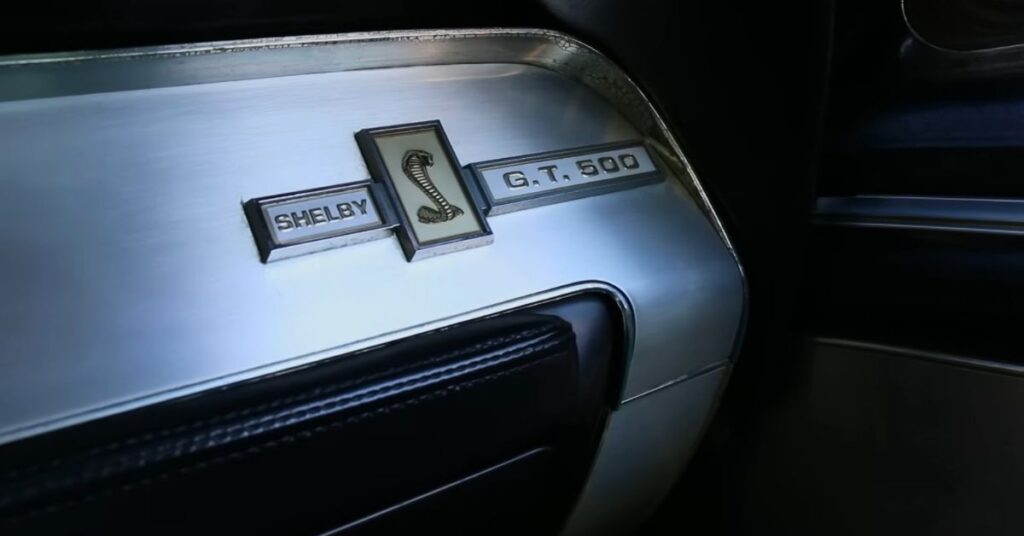
The attention to detail in the design of the 1967 Shelby GT500 was evident in the inclusion of unique features. The inboard high beam headlights, rear brake ducts, and upper quarter window cockpit air vents were just a few examples of the thoughtful additions that set this car apart from the crowd. The iconic ducktail rear spoiler and the Cougar sequencing taillights further contributed to the unmistakable Shelby style.

Shelby enthusiasts had the opportunity to customize their GT500s with cast aluminum wheels, which added a touch of sophistication and visual appeal. To ensure optimal performance, Goodyear tires were the preferred choice, providing excellent grip and enhancing the overall driving experience. The combination of these distinctive features and attention to detail made the 1967 Shelby GT500 a true icon of American muscle cars.
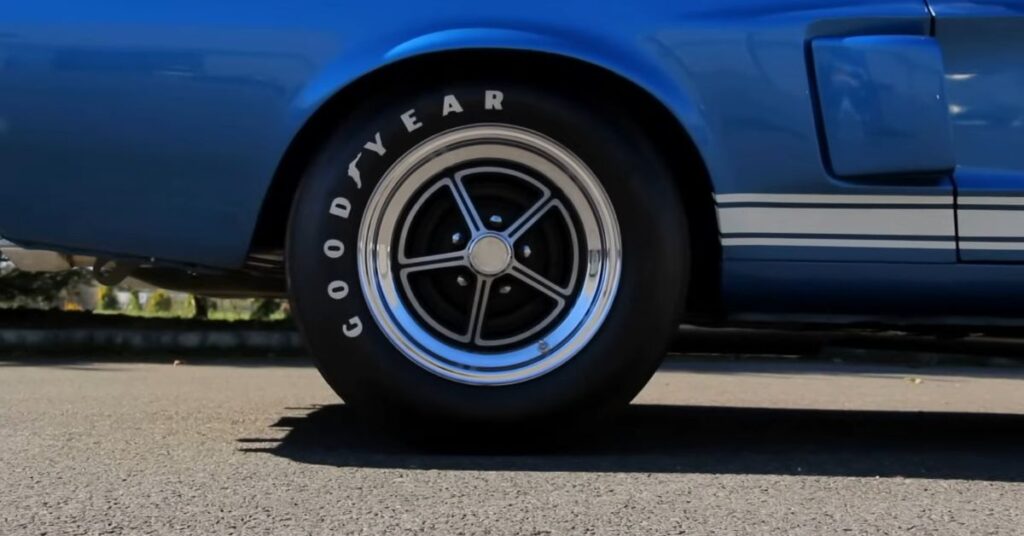
Interior Comfort and Luxury
The 1967 Shelby GT500 captured the imagination of automotive enthusiasts not only with its formidable performance but also with its stylish appearance. Numerous body modifications transformed the Mustang into a true Shelby masterpiece. Fiberglass nose pieces, an extended hood with a scoop, inboard high beam headlights, rear brake ducts, upper quarter window cockpit air vents, a ducktail rear spoiler, and Cougar sequencing taillights were among the many distinctive features. Shelby offered cast aluminum wheels as an upgrade, and Goodyear tires were the preferred choice.
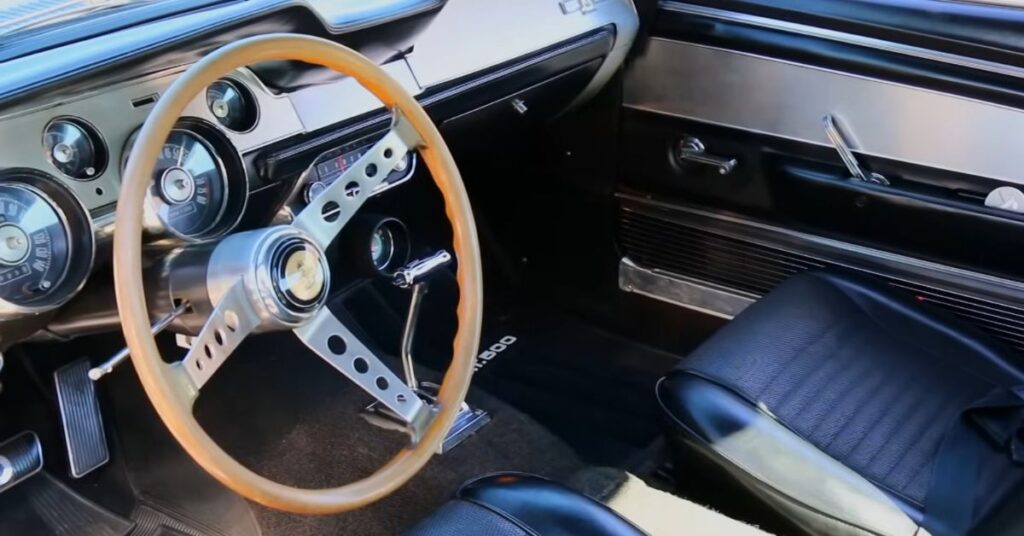
The attention to detail in the design of the 1967 Shelby GT500 was evident in the inclusion of unique features. The inboard high beam headlights, rear brake ducts, and upper quarter window cockpit air vents were just a few examples of the thoughtful additions that set this car apart from the crowd. The iconic ducktail rear spoiler and the Cougar sequencing taillights further contributed to the unmistakable Shelby style.
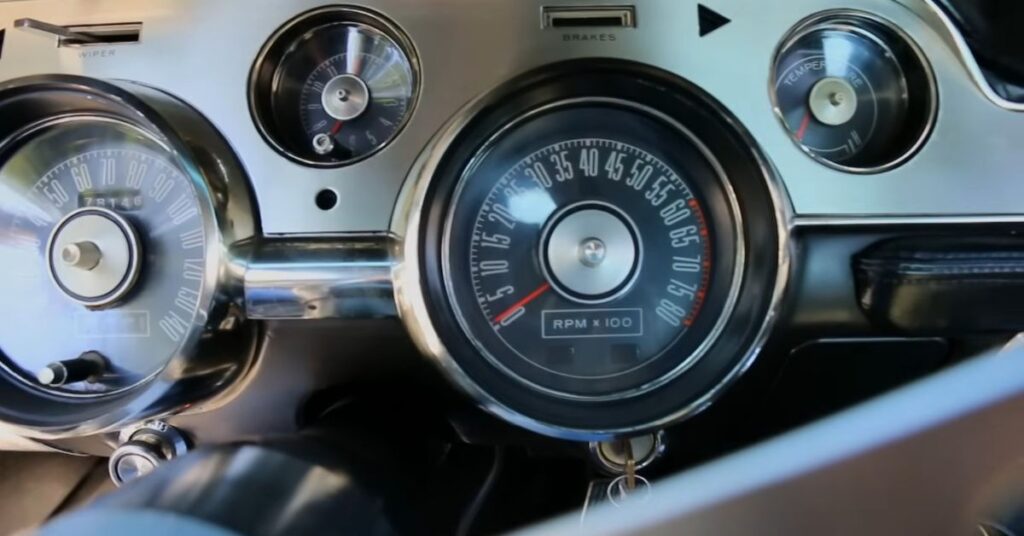
Shelby enthusiasts had the opportunity to customize their GT500s with cast aluminum wheels, which added a touch of sophistication and visual appeal. To ensure optimal performance, Goodyear tires were the preferred choice, providing excellent grip and enhancing the overall driving experience. The combination of these distinctive features and attention to detail made the 1967 Shelby GT500 a true icon of American muscle cars.

The Legacy Lives On
Although some might argue about the superior street driving characteristics of the 428 engine, there is no denying the allure and exclusivity of the 427 side oiler. While the 428-powered GT500s were the norm, the presence of a 427 engine in a GT500 signifies a unique and special breed. The 427 side oiler engines were factory-installed only in the Super Snake, making them a rare find in other GT500 models. Owning a GT500 with a 427 side oiler engine is like owning a piece of automotive history—an embodiment of Carroll Shelby’s racing spirit.
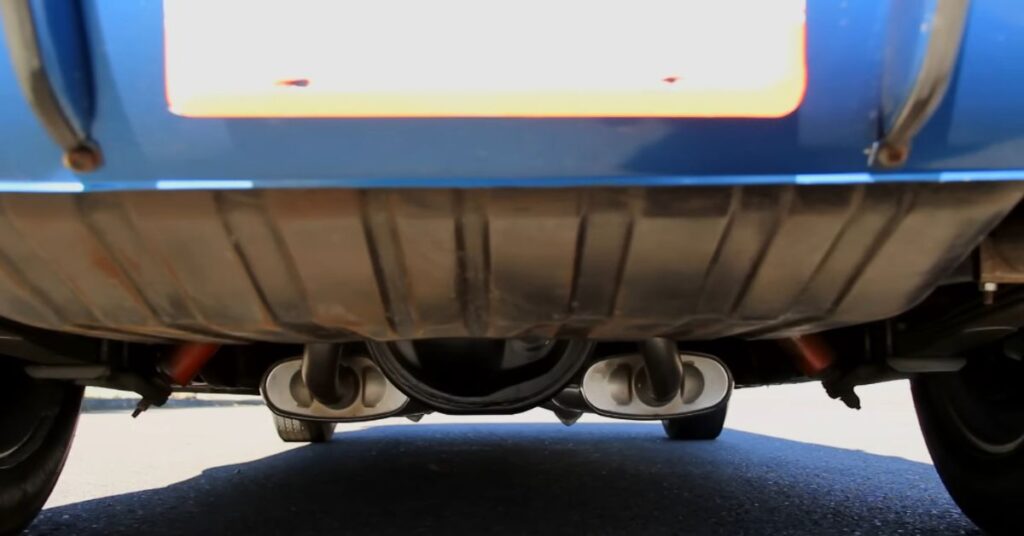
Conclusion
The 1967 Shelby GT500 with a 427 side oiler engine represents the epitome of American muscle cars. Its evolution from the race-oriented GT350 to the more refined and comfortable GT500 showcased the versatility and adaptability of the Shelby Mustangs. While the 428 engine provided a balanced driving experience, the 427 engine added a level of excitement and raw power that defined a true performance car. Today, these vehicles continue to capture the imagination of automotive enthusiasts around the world, serving as a testament to Carroll Shelby’s enduring legacy.


